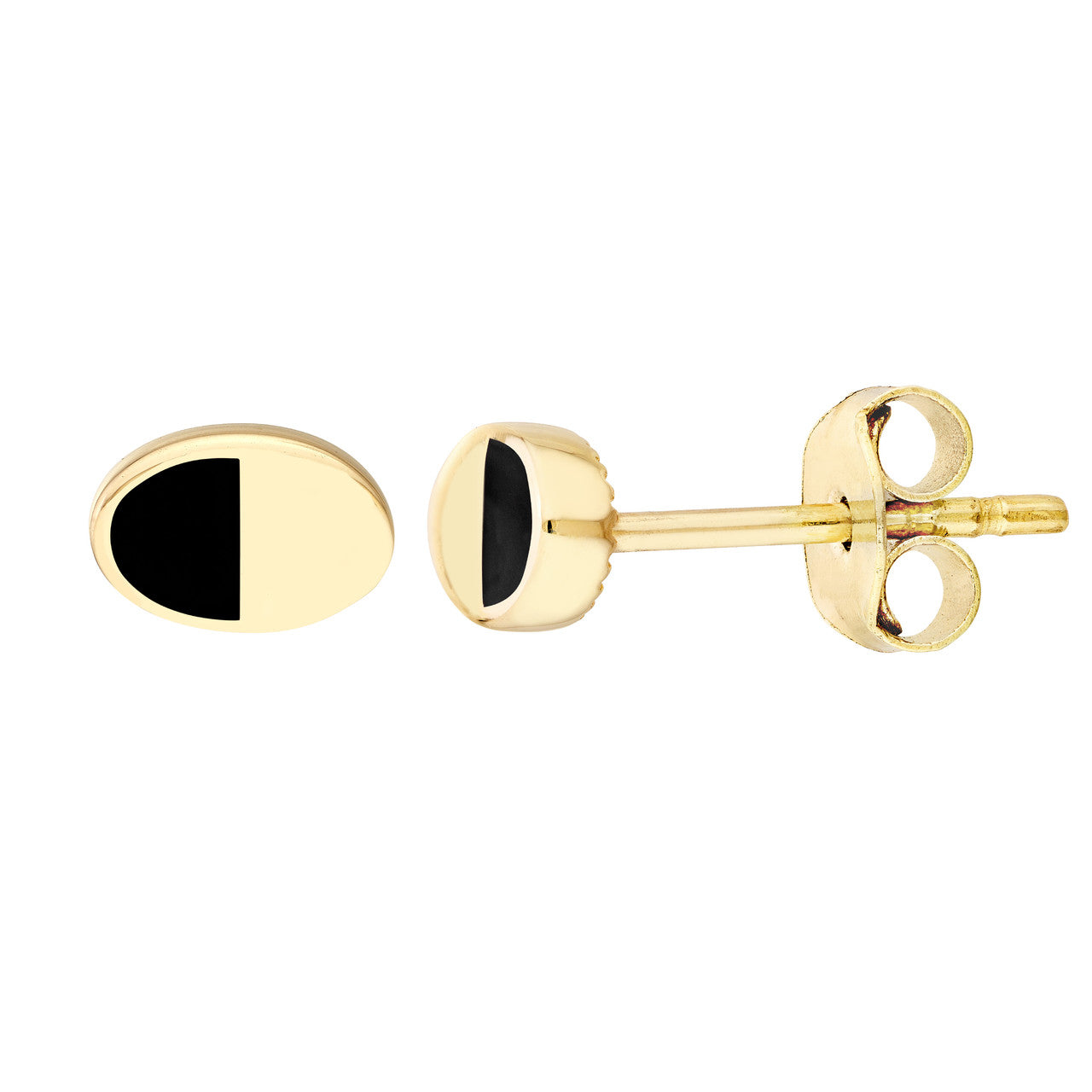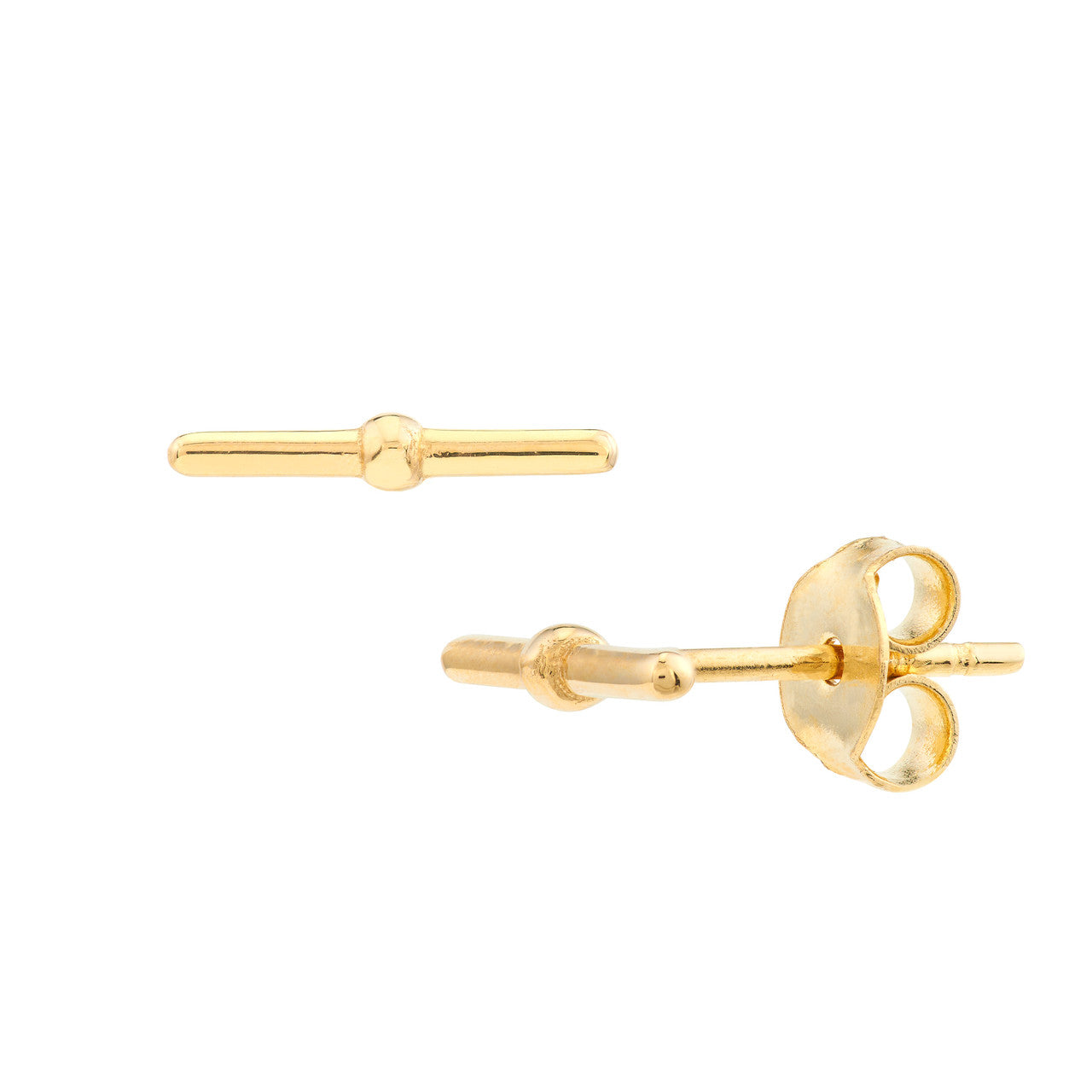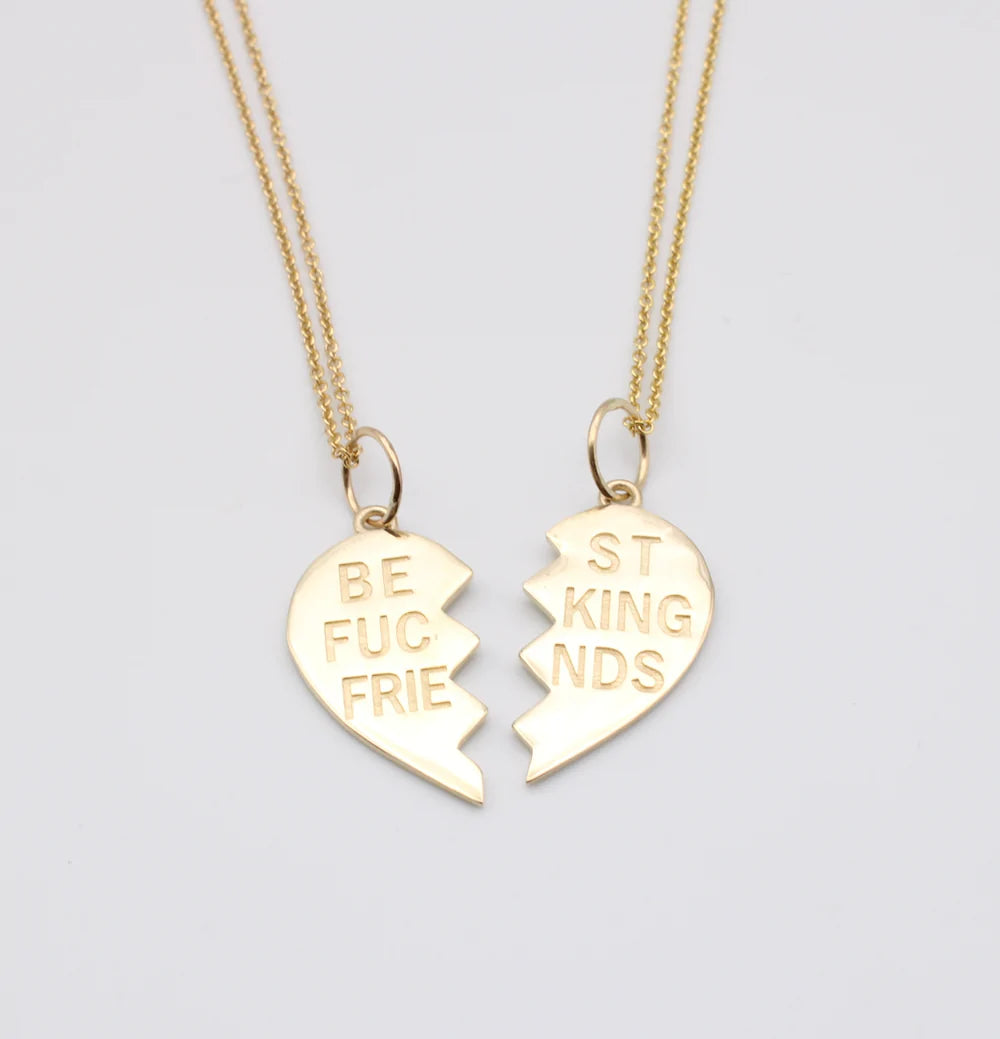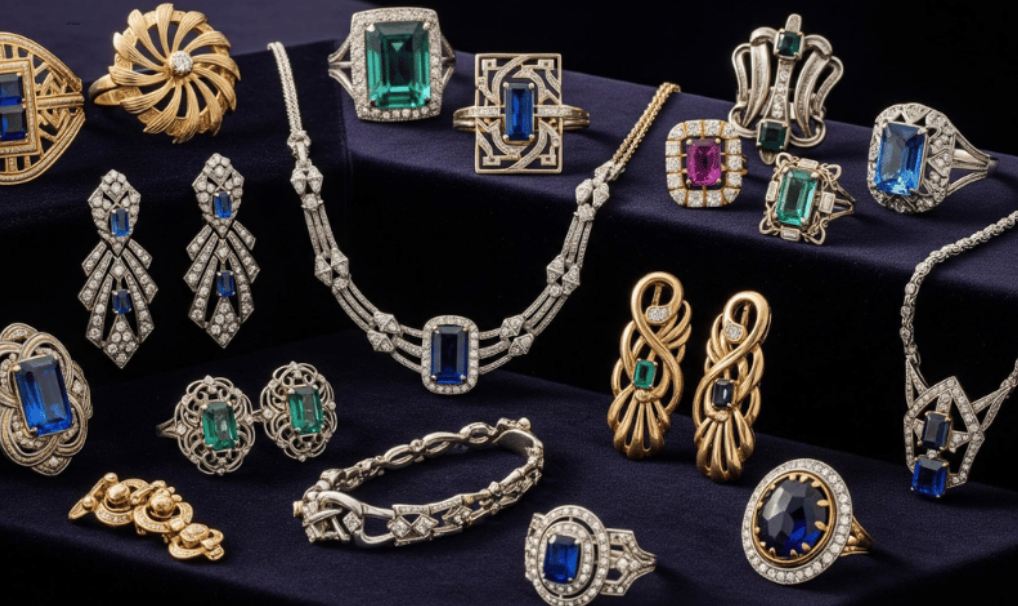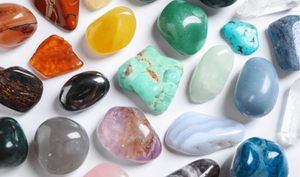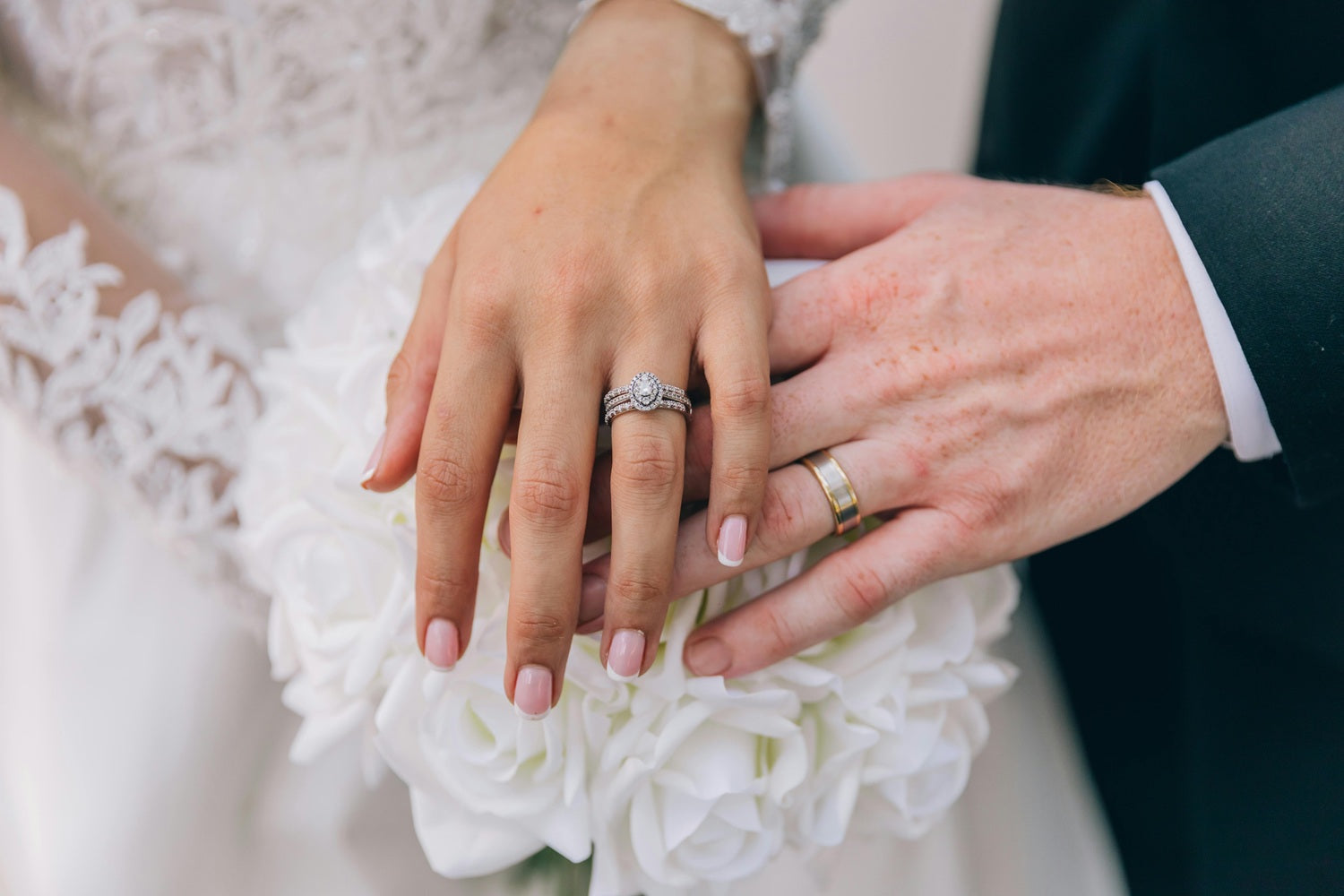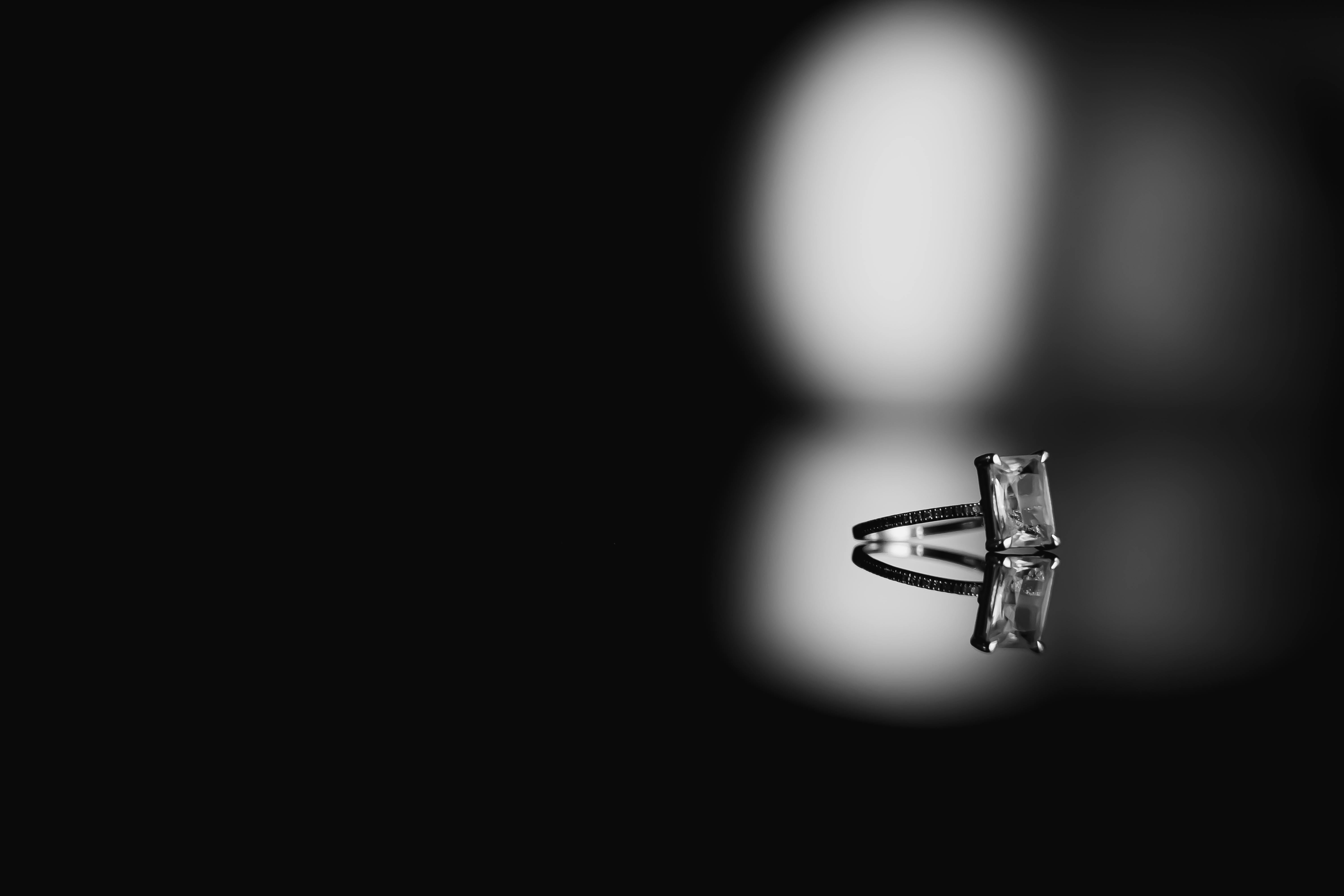Vintage Art Deco jewelry reflects the bold style of the 1920s and 1930s, combining clean lines, geometric patterns, and fine craftsmanship. Known for its strong shapes and elegant details, this era of jewelry continues to attract collectors and design enthusiasts.
Whether it’s a diamond-encrusted Art Deco necklace or a platinum ring with sharp angles, each piece from this period has a distinct story. In this guide, we’ll cover the history, key features, and lasting appeal of Art Deco jewelry, along with tips for identifying authentic designs.
History of Art Deco Jewelry
Art Deco jewelry started gaining popularity in the 1920s, a time marked by a change in art, fashion, and society. After World War I, people were drawn to bold, modern designs, and that shift showed up in everything from architecture to accessories.
The 1925 Paris Exposition
The term “Art Deco” comes from the 1925 Exposition Internationale des Arts Décoratifs et Industriels Modernes in Paris. This event helped shape the style we now associate with the movement: clean lines, symmetry, and a more structured, modern look. Jewelry from this time reflected those ideas, moving away from the curves of Art Nouveau toward a sharper, more graphic style.
Cultural and Artistic Influences
The look of Art Deco jewelry didn’t come from a single source—it was shaped by a mix of major artistic movements and cultural events from the early 20th century. These influences gave Art Deco its signature boldness, symmetry, and detail.
Cubism
Cubism introduced a new way of seeing and representing shapes. Artists like Picasso and Braque broke down forms into sharp angles and overlapping planes. Jewelry designers took inspiration from this, creating pieces with triangular patterns, stepped settings, and balanced geometric arrangements.
Ancient Egypt
After the 1922 discovery of King Tutankhamun’s tomb, ancient Egyptian style took hold in art and fashion. Jewelers responded with designs that featured lotus flowers, scarab beetles, and pyramid-like shapes. Materials like black onyx, lapis lazuli, and gold were used in bold combinations, with brands like Cartier leading the way in pharaoh-inspired pieces.
Machine Age
As technology advanced, the modern world became a source of inspiration. The clean lines of skyscrapers, the curves of ocean liners, and the structure of cars influenced jewelry design. Platinum settings, sunburst patterns, and repeating shapes reflected this industrial energy. Many vintage engagement rings from the Art Deco era capture this blend of mechanical precision and refined elegance, making them a standout choice for collectors and couples alike.
These influences worked together to shape a style that was modern yet timeless. Art Deco jewelry stood out—and still does—for its balance of old-world symbolism and forward-thinking design.
Key Characteristics of Art Deco Jewelry
Art Deco jewelry stands out for its bold geometry, rich materials, and sleek, modern look. These pieces reflect the forward-thinking spirit of the 1920s and 1930s, where expert craftsmanship met cutting-edge style.
Geometric Shapes and Symmetry
Art Deco designers moved away from the soft curves of earlier styles, favoring clean lines and strong shapes. Popular motifs included:
-
Stepped forms – Inspired by Mayan and Aztec architecture
-
Sunburst patterns – Radiating lines that add energy and movement
-
Rectilinear designs – Repeating vertical and horizontal elements
These structured designs created balance and order—traits that still define the look of many vintage engagement rings today.
High-Contrast Color Combinations
One of the hallmarks of Art Deco jewelry is its dramatic use of color. Jewelers deliberately paired contrasting materials to create eye-catching, elegant combinations. Signature palettes included:
-
Black onyx and diamonds – A striking, high-contrast pairing that highlights Art Deco’s love for bold, graphic elements. Often used in angular, geometric pieces for extra visual impact.
-
Rubies or emeralds with platinum – The vibrant red or green of these gemstones stands out against sleek platinum settings. This combo gave statement pieces—like brooches and bracelets—a refined, luxurious finish.
-
Coral and lapis lazuli – A less common but beautiful mix of warm coral and deep blue lapis. These colors added an exotic touch to decorative accessories and vanity pieces.
This fearless approach to color helped turn Art Deco jewelry vintage into wearable art, something that still influences modern jewelry design today.
Luxurious Materials and Techniques
Art Deco jewelry is just as impressive in how it was made as it is in how it looks. The materials and techniques from this period continue to set these pieces apart:
-
Platinum settings – Platinum allowed for delicate, detailed designs thanks to its strength. It was ideal for intricate filigree work and clean, modern lines.
-
Pavé and invisible settings – Pavé settings use closely placed stones for a continuous sparkle, while invisible settings make gems appear to float, with no visible prongs in sight.
-
Carved gemstones – Jewelers carved materials like jade and rock crystal with detailed patterns, adding a sculptural element and extra dimension.
These expert techniques, combined with high-quality materials, make vintage Art Deco rings and other pieces not just beautiful, but lasting symbols of craftsmanship and design.
Most Sought-After Vintage Art Deco Jewelry Pieces
From bold rings to elegant brooches, vintage Art Deco jewelry covers a wide range of styles. But among collectors and enthusiasts, some pieces stand out for their iconic designs, craftsmanship, and lasting appeal. Here are the categories that continue to define the era and attract attention today.
Statement Rings
Art Deco rings vintage collections are known for their strong geometric shapes, unique stone pairings, and fine detailing. Some of the most admired styles include:
-
Cocktail Rings – Featuring oversized center stones framed by symmetrical, often colorful accents. These rings are dramatic, eye-catching, and unmistakably Deco.
-
Three-Stone Rings – Each gemstone represents the past, present, and future. These rings combine meaning with elegance, typically set in platinum with intricate metalwork.
-
Eternity Bands – A continuous line of diamonds or calibré-cut stones set in perfect symmetry. These bands represent lasting love and are a favorite choice for vintage wedding or anniversary rings.
Many rings from this period use bold color combinations like black onyx with diamonds or emeralds with platinum. Platinum settings were especially popular for their strength and ability to support detailed filigree and engraving.
Necklaces & Pendants
A standout Art Deco necklace can transform any look with its clean lines and thoughtful details. Popular styles from the era include:
-
Sautoirs – Long, rope-style necklaces often ending in a pendant or tassel. These were designed to move with the body, perfect for the flapper fashion of the time.
-
Geometric Pendants – Featuring sharp lines and materials like jade, onyx, or enamel. These pendants often include symmetrical patterns that mirror the design trends of the 1920s and ’30s.
-
Tassel Necklaces – Incorporating dangling strands of gemstones or beads, these pieces added movement and flair, capturing the energy of the Jazz Age.
Many Art Deco jewelry vintage designs emphasized form and structure, and necklaces were no exception. Their impact was often in the balance of minimalism and detail.
Bracelets & Bangles
Wristwear during the Art Deco period combined structure, innovation, and high-end materials. Popular styles included:
-
Cuff Bracelets – Wide and sculptural, often engraved or inlaid with stones like coral, lapis lazuli, or black onyx. Many featured Egyptian or Machine Age motifs.
-
Tennis Bracelets – Sleek rows of diamonds or gemstones in platinum settings. These offered flexibility and sparkle, with a streamlined look.
-
Charm Bracelets – Unlike sentimental Victorian charms, Deco versions used geometric or abstract forms in platinum or white gold, sometimes with enamel detailing.
-
Bangles – Rigid, often worn stacked, with openwork designs, dual-tone metals, or calibré-cut stones. Many included mechanical features like hinges or clasps, reflecting the era’s interest in engineering and design.
These bracelet styles made bold yet balanced statements, and they remain popular among those looking for refined, wearable pieces of Art Deco jewelry history.
Earrings & Brooches
Though smaller than other categories, Art Deco earrings and brooches were rich in detail and creativity.
-
Chandelier Earrings – Layered designs with geometric drops, often using baguette or calibré-cut stones. Materials like jade, rock crystal, and black onyx were commonly paired with diamonds for sparkle and structure.
-
Clip-On Earrings – Widely used before pierced ears were common. These often featured clean, modern shapes—fans, pyramids, or abstract forms—and were crafted to be both stylish and comfortable. Some were even convertible, doubling as pendants or brooch accents.
-
Statement Brooches – Art Deco brooches were true design pieces. Sunburst patterns, Egyptian-inspired motifs, and abstract gemstone arrangements were all popular. Double-clip brooches were especially versatile, like Cartier’s “Tutti Frutti” designs that could be worn as a single brooch or separated into dress clips.
Each of these items captured the spirit of the times: bold design, fine materials, and modern elegance. Today, they remain essential categories within any serious vintage Art Deco jewelry collection.
Identifying Authentic Vintage Art Deco Jewelry
As vintage Art Deco jewelry becomes more collectible, so does the importance of knowing what’s genuine. Spotting authentic pieces takes a careful eye and some knowledge of how they were made. Here’s what to look for when evaluating an item’s authenticity.
Examine the Hallmarks and Maker’s Marks
Most authentic Art Deco jewelry vintage pieces include stamped marks showing metal purity, such as “Plat” for platinum or “18K” for gold. Designer marks, like Cartier’s double “C,” can also add to a piece’s credibility. You’ll typically find these on clasps, band interiors, or the back of pendants.
French pieces often include small symbols: an eagle’s head for gold, or a dog’s head for platinum. That said, the absence of a hallmark doesn’t always mean a piece is fake—many unsigned works were made by skilled artisans of the time. Still, unsigned pieces should be examined more closely.
Pay Attention to Materials and Construction
Genuine Art Deco jewelry reflects the materials and craftsmanship of the 1920s and 1930s:
-
Metals - High-end pieces were usually made with platinum, while more affordable designs used white gold or silver.
-
Gemstones - Calibré-cut stones—cut to fit precise patterns—were popular, as were old European-cut diamonds. Some pieces also feature synthetic rubies or emeralds, which were commonly used at the time.
-
Enamel - Vitreous enamel in sharp, geometric patterns is a strong sign of authenticity. It should appear smooth, with minimal wear or fading.
True vintage pieces often show slight irregularities that come from hand-finishing. For example, milgrain edges may not be perfectly even, and pavé settings might have small variations. That’s a good sign—they weren’t machine-made.
Check for Design Consistency
Design tells a story. Genuine vintage Art Deco jewelry will show a consistent aesthetic from the period. Watch out for details that don’t fit:
-
Designs with flowing floral motifs are more in line with Art Nouveau, which came before Art Deco.
-
Pieces with soft, rounded curves and bright modern finishes may reflect post-1940s styles.
-
Egyptian motifs were common, but the way they’re interpreted should reflect 1920s–1930s trends—not later revivals.
-
Mass-produced, machine-stamped patterns suggest modern reproduction rather than hand-engraved detail.
Inspect for Signs of Age and Repair
It’s normal for Art Deco jewelry vintage pieces to show gentle signs of wear. You might notice:
-
A soft patina on platinum or fine scratches on gold
-
Slight rounding on old diamond facets
-
Evidence of vintage repairs, like replaced stones cut in period-appropriate styles or minor soldering marks
On the other hand, pieces in overly perfect condition, or ones with bright, modern rhodium plating, may have been heavily restored or altered, which can affect value.
Check for Provenance When Available
If possible, ask for documentation like original receipts, estate records, or even old photographs showing the piece in use. For unsigned items, compare design details with known examples from the era. Auction archives and catalogs from reputable houses are great resources.
Get an Expert Opinion
When you're unsure, it’s worth getting a second opinion. Reputable antique jewelers, certified appraisers, or vintage specialists in Art Deco jewelry can assess authenticity using tools like magnification, UV testing, and catalog comparisons. They’ll notice things most buyers might miss, like the type of clasp or signs of modern tooling.
For high-value purchases, a formal appraisal is a smart step. It not only protects your investment but ensures you’re buying a true piece of history—not a well-made imitation.
Buying & Collecting Art Deco Jewelry
Curating a collection of Art Deco jewelry requires strategy, patience, and knowledge of the market. Whether you’re new to collecting or looking to expand your current selection, knowing where to shop, what to look for, and how to evaluate your purchase can help ensure every piece is worth the investment.
Where to Buy Vintage Art Deco Jewelry
Choosing a reliable source is key to finding authentic pieces and avoiding misrepresented items. Below are some of the most trusted places to purchase vintage Art Deco jewelry.
Auction Houses
Renowned auction houses like Sotheby’s and Christie’s are among the most trusted venues for acquiring high-quality, often museum-worthy pieces. Each item is vetted by experts, with full documentation on provenance, maker marks, condition, and historical context.
While prices at auction often exceed retail, collectors turn to these events for access to rare signed pieces from iconic brands—a level of authenticity and exclusivity that’s hard to find elsewhere.
Estate Sales & Antique Dealers
Estate sales and established antique dealers are excellent sources for more unique and potentially budget-friendly pieces. Some estate collections may include items that have never been seen on the broader market.
When buying through these channels, it’s essential to:
-
Research the seller’s expertise in Art Deco jewelry
-
Ask for original documentation or historical context
-
Include a contingency or appraisal clause to confirm authenticity before finalizing a purchase
These extra steps can make a meaningful difference in identifying genuine, high-quality pieces.
Online Marketplaces
Online platforms offer access to a wide variety of Art Deco jewelry vintage pieces, but shopping online comes with risks. To navigate this space safely, prioritize sellers who specialize in antique or estate jewelry rather than general vintage styles.
Before purchasing, be sure to:
-
Request clear, high-resolution photos of hallmarks, settings, and overall condition
-
Confirm the return policy (a minimum 7-day return window is ideal)
-
Compare pricing with similar recent sales or auction listings
These precautions can help ensure your online purchase lives up to expectations.
Specialized Vintage Jewelers
If you’re just starting out or looking for guidance on building your collection, working with a reputable vintage jeweler can be one of the most valuable options. These jewelers typically offer:
-
Carefully curated selections of vintage Art Deco jewelry, each piece verified for authenticity
-
Documentation and insights into designer history and period-specific characteristics
-
Flexible payment options like layaway or trade-in programs, which can help grow your collection over time
In addition to trusted sourcing, these shops often serve as excellent educational resources. Whether you’re looking for an Art Deco necklace to wear or a signed ring to hold as an investment, a specialized jeweler can offer both peace of mind and expert advice.
Caring for Your Art Deco Jewelry
Proper care helps preserve the beauty and long-term value of your Art Deco jewelry vintage pieces. These designs, many of which are nearly a century old, require careful handling to protect their materials and craftsmanship.
Storage Solutions
Store each item separately to prevent scratching. Use soft-lined jewelry boxes with individual compartments, or wrap pieces in acid-free tissue. Tarnish-resistant cloth pouches are ideal for platinum and diamond pieces. Avoid hanging necklaces long-term, as this can strain the chains—lay them flat instead.
Cleaning Guidelines
Materials from this era are delicate and should be cleaned with care:
-
Platinum and diamonds - Clean with warm water, a mild soap, and a soft toothbrush. Dry gently with a microfiber cloth.
-
Enamel or pearls - Wipe with a slightly damp cloth only—never soak, as moisture can damage adhesives or coatings.
-
Onyx and coral - Avoid harsh chemicals. Use a dry, soft brush to remove dust or buildup.
Ultrasonic cleaners and chemical dips should be avoided. They can weaken settings, loosen stones, or wear away finishes over time.
Wearing Precautions
Even well-made vintage Art Deco jewelry has its limits. To keep your pieces in top condition:
-
Remove rings before washing hands, gardening, or household tasks.
-
Apply lotions or perfumes before putting on jewelry to avoid chemical reactions.
-
Periodically check prongs and clasps for signs of wear, especially on rings and necklaces you wear often.
Professional Maintenance
An annual visit to a qualified jeweler can help preserve your collection. Experts can:
-
Tighten settings
-
Repair weakened clasps or hinges
-
Reapply enamel if chips develop
-
Assess overall structural integrity
For high-value items, it's a good idea to document their condition with photos before and after servicing. Regular upkeep helps your Art Deco jewelry last for generations while protecting its value.
Investment Potential
If you're collecting vintage Art Deco jewelry with an eye toward long-term value, there’s a growing market to watch. In recent years, signed and rare pieces have steadily appreciated, often outperforming more traditional investment categories.
Strong Market Performance
Auction results show that iconic pieces, especially those by Cartier, Van Cleef & Arpels, and Boucheron, have increased in value year over year. Unique designs like geometric Egyptian Revival bracelets or convertible brooches regularly exceed estimates, driven by demand from collectors and museums alike.
Scarcity that Drives Demand
As authentic Art Deco pieces become harder to find:
-
Museum-quality items now sell for 20–30% more than a decade ago
-
Undiscovered estate pieces still surface but require expert verification
-
Designer signatures (like Lacloche or Mauboussin) significantly boost resale value
Tips on How to Invest Wisely
Not all Art Deco pieces hold value equally. These qualities tend to perform best:
Provenance with Historical Significance
Look for pieces with:
-
Historical significance (e.g., displayed at the 1925 Paris Exposition)
-
Celebrity ownership or period documentation
-
Original receipts or tags from well-known Art Deco jewelers
Superior-Quality Materials
The best investments include:
-
Durable platinum settings
-
Natural, untreated gemstones (such as Kashmir sapphires or Colombian emeralds)
-
Authentic period cuts like old European or calibré-cut stones
Avoid modern replacements or lab-created gems, as these reduce collector interest.
Timeless Designs with Generational Appeal
Certain Art Deco features consistently attract interest:
-
Bold geometric patterns
-
Convertible designs (e.g., brooches that double as pendants)
-
Monochromatic combinations like black onyx and diamond
Tip: A balanced collection might include both high-profile signed pieces and exceptional unsigned designs that reflect true Art Deco jewelry characteristics.
The finest Art Deco jewelry maintains its worth as trends come and go, combining historical significance with wearable artistry. For long-term growth, remember to prioritize condition and rarity over fleeting fashion.
Own a Piece of Timeless Art Deco History
More than their exquisite handiwork and design, vintage Art Deco jewelry is a wearable art form with enduring value. Whether you’re drawn to geometric Art Deco rings, striking Art Deco necklaces, or rare signed pieces, these treasures offer both beauty and investment potential.
Ready to start or expand your collection? Visit our Chicago showroom to explore curated Art Deco jewelry vintage pieces, each authenticated for quality and provenance. You can also browse our collection online or contact us beforehand for personalized assistance. Discover the perfect Art Deco statement piece today!


